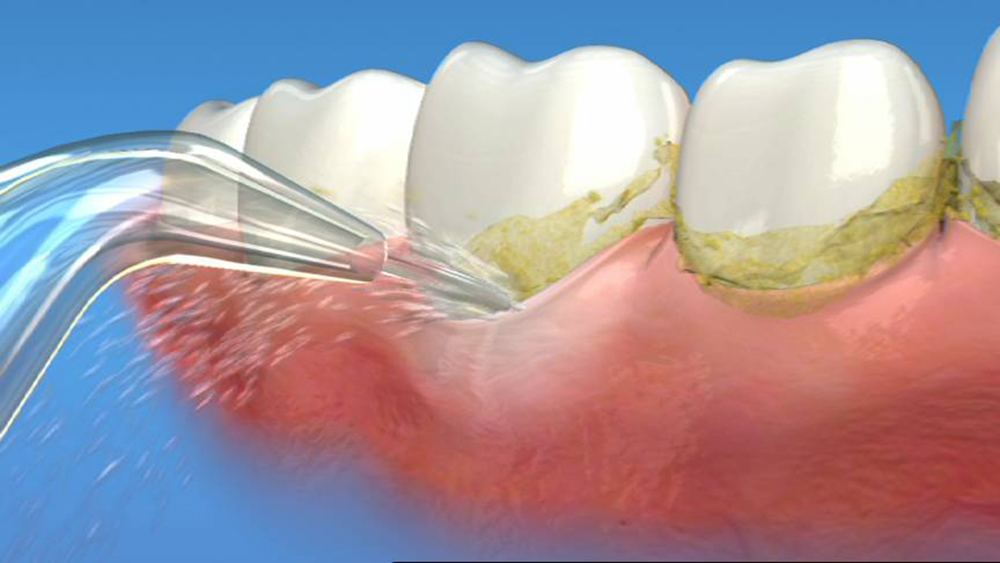 Kimberley Lloyd-Rees explains some of the difficulties older patients can have when staying on top of their oral health.
Kimberley Lloyd-Rees explains some of the difficulties older patients can have when staying on top of their oral health.
Gingival recession is multifactorial, but can be divided into direct causes and predisposing factors (Jati, Furquim and Consolaro, 2016). The direct causes include:
- Low level and long lasting trauma: this is caused by inappropriate daily brushing over time, which can lead to gingival recession and abrasion of the root surface. This can be countered with correct tooth brushing instruction
- Chronic inflammatory periodontitis: over time, this will lead to the destruction of the connective tissues and eventually bone loss. The gingival margins will often migrate, as a result, exposing the root surface. This can be reduced through periodontal treatment and thorough oral hygiene instruction
- Periodontal treatment: this is sometimes noted after periodontal surgery due to tissue loss.
Root caries
Exposure of the root surface can cause sensitivity and will greatly increase the patient’s risk of developing root caries. The root surface is more susceptible to carious lesions owing to the difference in structure between enamel and dentine. Demineralisation in dentine occurs at a higher pH (pH 6.2-6.4) than that of enamel (pH 5.5-5.7) (Wall and Meurman, 2012). Initially, measures can be taken to aid remineralisation, such as regularly applying high fluoride varnish. However, if cavitation occurs and the patient begins to display symptoms, a restoration will be required.
Unfortunately, simply removing the caries and placing a restoration will not solve all of the problems. The root surface will continue to be more susceptible to future carious lesions and other factors will further increase the risk, such as high intake of fermentable carbohydrates, poor oral hygiene, decreased quality or quantity of saliva and the presence of plaque retentive factors (such as a denture) or poorly adapted restorations (Heffernan, 2017).
Older patients
Many of these risks factors are often associated with our older patients – root caries is the most common cause of tooth loss in patients aged over 65 (Gati and Vieria, 2011). With an ageing population in the UK (almost a fifth of the population consists of people aged 65+), this is becoming a major concern for dental professionals.
Older patients should be advised to use a soft toothbrush with gentle pressure, moving in a slow and methodical way to ensure that they remove plaque from along the gingival margin. High fluoride toothpaste is also advisable or can be prescribed if indicated. In addition, daily interdental cleaning should be encouraged; this will allow for optimum plaque removal, reducing the risk of further recession from periodontitis and the development of caries at interdental sites.
It is not uncommon to find that our older patients display impaired manual dexterity, or that they have a heavily restored dentition that is more difficult to clean effectively. These patients may struggle with string floss and interdental brushes; an effective alternative for them is the Waterpik Water Flosser. This solution has been clinically proven to remove up to 33% more plaque from gingival margins than string floss (Goyal et al, 2013) (and manual tooth brushing). It also offers the advantage of a greater reduction in bleeding, gingival inflammation and interdental plaque removal when compared to string floss (Barnes et al, 2005).
When caring for an ageing population, the risk of gingival recession and root caries is brought to the fore. With the right tools and effective patient education, we can deliver the preventive care our older patients need.
For more information on Waterpik International, Inc please visit www.waterpik.co.uk. Waterpik products are available from Amazon, Costco UK and Superdrug stores across the UK and Ireland.
References
Barnes CM, Russel CM, Reinhardt RA, Payne JB and Lyle DM (2005) Comparison of irrigation to floss as an adjunct to tooth brushing: effect on bleeding, gingivitis and supragingival plaque. J Clin Dent 16: 71-7
Gati D and Vieria AR (2011) Elderly at greater risk for root caries: A look at the multifactorial risks with emphasis on genetic susceptibility. Int J Dent Articles ID 647168
Goyal CR, Lyle DM, Qaqish JG and Schuller R (2013) Evaluation of the plaque removal efficacy of the Water Flosser compared to string floss in adults after a single use. J Clin Dent 24: 37-42
Heffernan M (2017) Patient centred management of root caries – part 1. BSDHT Dental Health vol:56
Jati A, Furquim L and Consolaro A (2016) Gingival recession: its causes and types, and the importance of orthodontic treatment. Dental Press J Orthod. 21(3): 18–29
Wall AWG and Meurman JH (2012) Approaches to caries prevention and therapy in the elderly. Adv Dent Res


